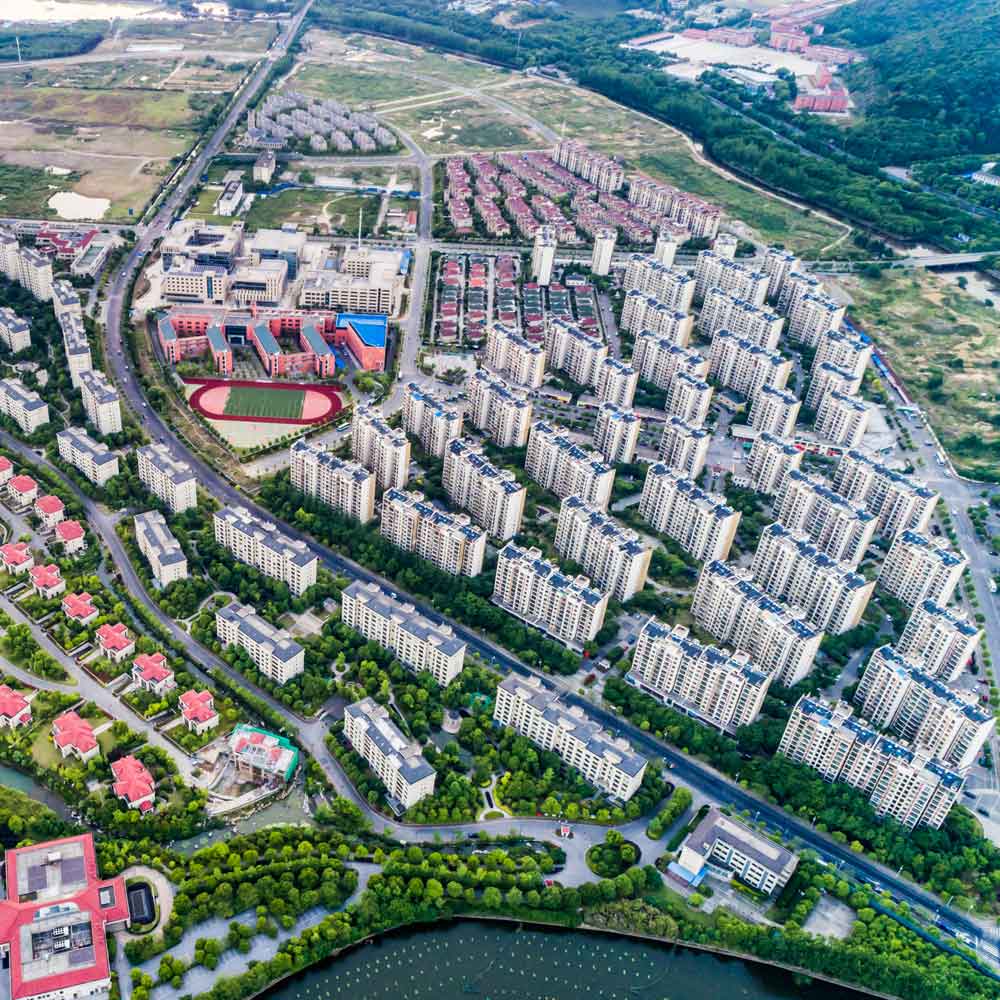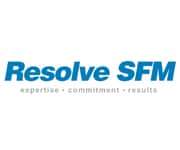Good Practices for Managing Australia's Public and Community Housing Assets
Australia's public and community housing assets play a crucial role in providing affordable and secure accommodation for individuals and families across the nation. Effective management of these assets is essential to ensure they meet the needs of tenants, are maintained to high standards, and contribute positively to the community. In this article, we will explore some good practices for managing Australia's public and community housing assets.
- Regular Maintenance and Upkeep
Regular maintenance and upkeep of public and community housing assets are paramount to ensure they remain safe, habitable, and in good condition. A proactive maintenance schedule helps address issues promptly, preventing them from escalating into more significant problems. This includes regular inspections, repairs, and necessary upgrades to infrastructure, such as plumbing, electrical systems, roofing, and building structures. - Tenant Engagement and Involvement
Involving tenants in the management and decision-making processes regarding their housing can lead to better outcomes for both tenants and property managers. Establishing channels for communication and feedback allows tenants to voice their concerns, suggest improvements, and participate in community initiatives. Engaged tenants are likelier to take pride in their homes, contribute to upkeep efforts, and foster a sense of belonging within the community. - Sustainability Initiatives
Implementing sustainability initiatives in public and community housing assets can have numerous benefits, including reducing environmental impact, lowering utility costs, and improving tenants' overall quality of living. This may involve installing energy-efficient appliances, implementing recycling programs, incorporating green spaces, and promoting sustainable transportation options. Embracing sustainable practices benefits the environment and enhances the long-term viability and resilience of housing assets. - Data-Driven Decision Making
Utilising data analytics and technology can significantly improve the management of public and community housing assets. By collecting and analysing data related to occupancy rates, maintenance needs, tenant demographics, and community trends, property managers can make informed decisions regarding resource allocation, budgeting, and strategic planning. Data-driven insights enable proactive management strategies and enhance operational efficiency. - Partnerships and Collaboration
Building partnerships and collaborating with stakeholders across various sectors can strengthen the management of public and community housing assets. This may involve working with local governments, non-profit organisations, community groups, and private sector entities to leverage resources, share expertise, and implement innovative solutions. Collaborative approaches foster a sense of collective responsibility for housing issues and facilitate holistic solutions tailored to the needs of diverse communities. - Accessibility and Inclusivity
Ensuring accessibility and inclusivity in public and community housing is essential to accommodate the diverse needs of tenants, including individuals with disabilities, seniors, and marginalised populations. This may entail implementing universal design principles, adapting housing units to meet specific accessibility requirements, and providing supportive services and resources to promote inclusivity and social equity. - Transparent Governance and Accountability
Maintaining transparent governance structures and accountability mechanisms is crucial for fostering trust and accountability in managing public and community housing assets. This includes clear communication of policies and procedures, adherence to regulatory standards, and mechanisms for oversight and accountability. Transparent governance practices promote fairness, integrity, and public confidence in managing housing resources. - Community Engagement and Empowerment
Engaging with the broader community and empowering local residents to participate in decision-making processes related to housing can foster a sense of ownership and empowerment. This may involve organising community forums, facilitating resident associations, and providing opportunities for training and skill development. Empowered communities are better equipped to advocate for their needs, address local challenges, and contribute to the community's collective well-being.
In conclusion, managing Australia's public and community housing assets effectively requires a multifaceted approach that prioritises maintenance, tenant engagement, sustainability, data-driven decision-making, partnerships, accessibility, transparency, and community empowerment. By implementing these good practices, property managers can optimise the use of housing resources, improve living conditions for tenants, and contribute to the overall health and resilience of communities across Australia.














